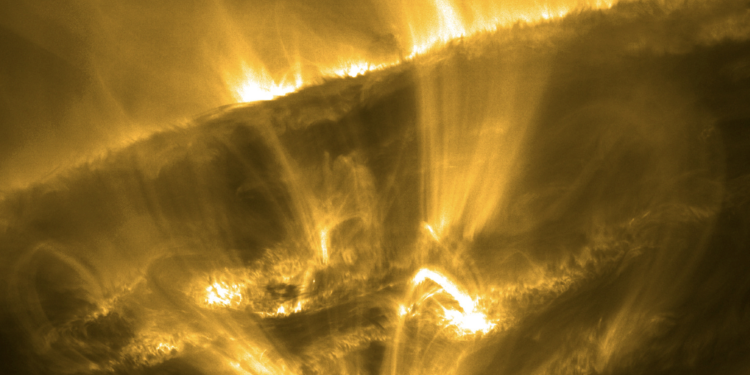Scientists are exploring an audacious new concept that could revolutionize space observation—turning the Sun into a powerful gravitational lens. This ambitious idea, grounded in Einstein’s theory of general relativity, would allow astronomers to view distant exoplanets and galaxies with unprecedented detail.
Humanity has already pushed the boundaries of space exploration with advanced telescopes like the James Webb Space Telescope. This state-of-the-art instrument has given us breathtaking images of the early universe and unveiled previously hidden galactic phenomena. But even the most advanced telescopes have their limitations.
The idea of utilizing the Sun as a giant lens could surpass the capabilities of any telescope we’ve ever built. Traditional telescopes rely on mirrors and lenses to magnify distant objects. The Sun, however, offers an entirely different approach—using its immense gravitational field to bend light from faraway celestial objects, focusing it into a point that can be observed.
The Science of Gravitational Lensing
At the heart of this concept lies the phenomenon of gravitational lensing. Predicted by Einstein’s theory of general relativity, it occurs when a massive object like the Sun warps spacetime, bending the light that passes close to it. This light, instead of traveling in a straight line, converges at a focal point far beyond the Sun, creating a natural magnification effect.
Astronomers already use gravitational lensing to observe distant galaxies. Massive galaxy clusters often serve as lenses, amplifying the light from even more distant objects. But leveraging the Sun’s gravitational field could take this method to a whole new level.
What makes this idea particularly exciting is the potential resolution it could offer. Imagine a telescope capable of seeing surface features on exoplanets several light-years away with the clarity we reserve for objects much closer to Earth. The solar gravitational lens could deliver such astonishing detail. If aimed at nearby exoplanets, like Proxima b, the nearest known Earth-like planet, it could provide images at a 1-kilometer resolution.
This level of detail could not only reveal planetary landscapes but potentially even biosignatures—clues to life beyond Earth. It’s the kind of leap in observational power that could transform our understanding of the universe.
The Challenges Ahead
Of course, turning the Sun into a telescope isn’t without its difficulties. The primary challenge lies in positioning a spacecraft at the Sun’s focal point, a staggering 542 astronomical units (AU) away—about 11 times the distance from the Sun to Pluto. No spacecraft has traveled this far. Voyager 1, the most distant human-made object, has only reached 156 AU since its launch in 1977.
Once at the focal point, the spacecraft would need to stay aligned with the target, scanning vast areas of space to piece together a complete image. It’s an enormous technical challenge, requiring innovative propulsion systems like solar sails to accelerate small spacecraft to such distances.
Though this concept may sound like science fiction, it’s grounded in real science. Researchers have been studying the feasibility of the solar gravitational lens for decades, with serious proposals to deploy lightweight CubeSats equipped with solar sails to achieve the necessary distance. Once in position, these spacecraft could work together to capture high-resolution images, sending data back to Earth.
What makes this idea compelling is its potential payoff. The ability to observe exoplanets and distant galaxies in such exquisite detail would be a game-changer for astronomy. And while the technological hurdles are significant, they are not insurmountable.
If successful, this project could usher in a new era of space exploration. The solar gravitational lens would offer a level of detail unimaginable by today’s standards, allowing us to peer deep into space and time. From uncovering the landscapes of distant worlds to probing the mysteries of dark matter, the possibilities are limitless.










